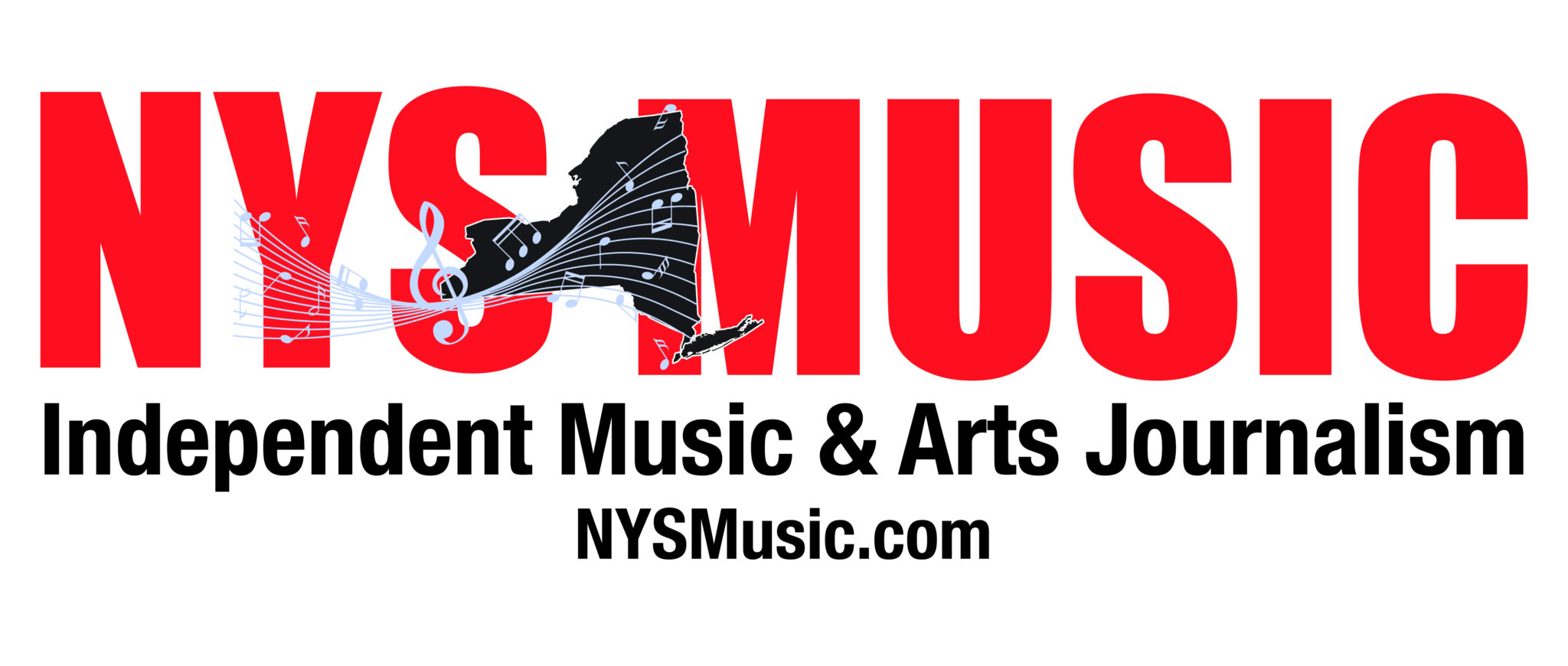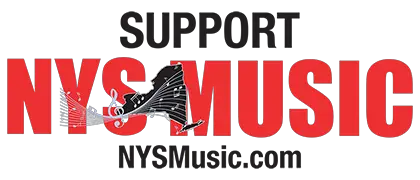In the conversation for New York City’s most legendary punk venue, CBGB definitely takes the cake. But it wasn’t the only influential club on the scene. Lesser known is the now defunct Hurrah, once located at 36 West 62nd Street in New York City.

For a brief five-year stint between 1976-1981, Hurrah paved the way for rising punk bands as well as new wave and industrial music.
Acts to perform at Hurrah over the years included Patti Smith, the Ramones, the Dead Kennnedy’s, the B-52’s and Blondie, among many others. Although it was a few years later to the party than CBGB, it was the first large dance hall to embrace these more fringe genres. And it earned more than its fair share of notoriety in the process.
Early Origins
Hurrah first began as an epicenter for conventional disco, before shifting to new wave roots. In 1978, the club made a notable change from disco records to danceable rock records and then to booking live rock bands. Under the management of Henry Schissler and later Jim Fouratt, it became known as the first “rock disco” in New York.

While this might seem standard now, at the time rock bands in New York typically performed for seated audiences in listening clubs like the Bottom Line or theaters like the Palladium.
At the time the idea of dancing to rock-and-roll on a dancefloor was novel. Previously, the only bands that played for dance crowds were primarily Top 40 bands playing the most popular hit singles.

This shift at Hurrah laid out a larger model for a rock club explosion that would follow and spread like wildfire throughout New York City.
Famed Performances
One of Hurrah’s most famed performances was not a concert at all but rather a music video for the great David Bowie.
Bowie famously filmed the music video for his song Fashion at Hurrah. The video itself feels like a fever dream, with its surrealistic qualities magnified by the dark atmosphere of Hurrah’s interior and the many mirrors that famously adorned the club’s walls.
It’s worth noting that Hurrah had long pioneered the use of music videos in nightclubs with a large array of video monitors spanning the club. This was before MTV had even launched.
In August of 1978 the Ramones performed a three-night run at Hurrah. The audio of one of those concert was captured as well.
In the last two years of its run, the club gained a more international appeal under the lead of booking agent Ruth Polsky, who brought in a number of up and coming bands from the U.K. This included the Cure and Simple Minds.

In 1979, Simple Minds performed at Hurrah for the first time during their Real to Real Cacophony Tour. The concert was captured on video. Iggy Pop was rumored to be in the audience that night as well.
In April of 1980, The Cure graced the Hurrah. The Band had only six gigs lined up for their first U.S. tour and three of them were at the aforementioned club.
Vocalist and guitarist Robert Smith recalled, “We’d obtained cult status out there but we only played New York, Philly, Washington and Boston. We played three nights – 15, 16 and 17th – at Hurrah in New York and it was packed.”
Above is a recording of the Cure performing “Seventeen Seconds,” the title track from their second studio album. This performance occurred on the first night of the band’s residency, just 3 days before the album’s release.
In 1980 Joy Division was scheduled to perform their first-ever US dates at Hurrah, but the suicide of their singer Ian Curtis a mere few days prior to the scheduled show caused the concert to be canceled. However, just four months later, in September of 1980, his bandmates returned to perform at Hurrah under the name New Order.
News and Notoriety
In 1978, Sid Vicious (of the Sex Pistols) got into a fight with Todd Smith (brother of singer Patti Smith) at a Skafish concert at Hurrah. Vicious was reportedly flirting with Todd’s girlfriend at the club. When Todd confronted him, Vicious slashed him across the face with a beer bottle.

Artist Robert Mag snapped the picture of Sid (above in this post) minutes before the attack.
Jim Skafish, frontman for the band recalled the following events from that night in an interview with an online blog. “When Vicious came to see our show, he stood right at the front of the stage and was staring intensely at us during our set.” Of the attack he said, “As for the Skafish band, since we were so used to all kinds of violence at our shows, we just played on.”

At the time, Vicious was actually out on bail after being charged with second-degree murder of his girlfriend Nancy Spungen. The fight with Smith, unsurprisingly, violated the terms of his parole and he was sent back to Rikers Island as a result. 55 days later he was released on bail once again and this time died of a heroin overdose in downtown Manhattan.
End of an Era
Like most clubs, Hurrah inevitably suffered due to changing times. Bigger, more elaborate clubs became the local hot spots and offered bands and bookers larger payouts in return, as reported by the New York Times a week after Hurrah closed its doors.
In that article titled, “The Bloom Has Faded At Small Rock Clubs,” the Times wrote, “The clubs that are prospering are such big, well-funded places as the Ritz and Bond International Casino, which generally present more established performers who record for major labels. The clubs that are closing are the smaller ones, the clubs that gave important visiting bands their first breaks in New York and nurtured the city’s own rock bands.”

It’s a sad but understandable dynamic that the very venues that gave rise to new genres and emerging bands became cannibalized by the very thing they created. In the 80’s a number of other influential clubs such as The Rock Lounge, Maxwell’s and Danceteria also closed their doors. This same dynamic would eventually lead to closures of even more iconic venues like CBGB in 2006.


Comments are closed.